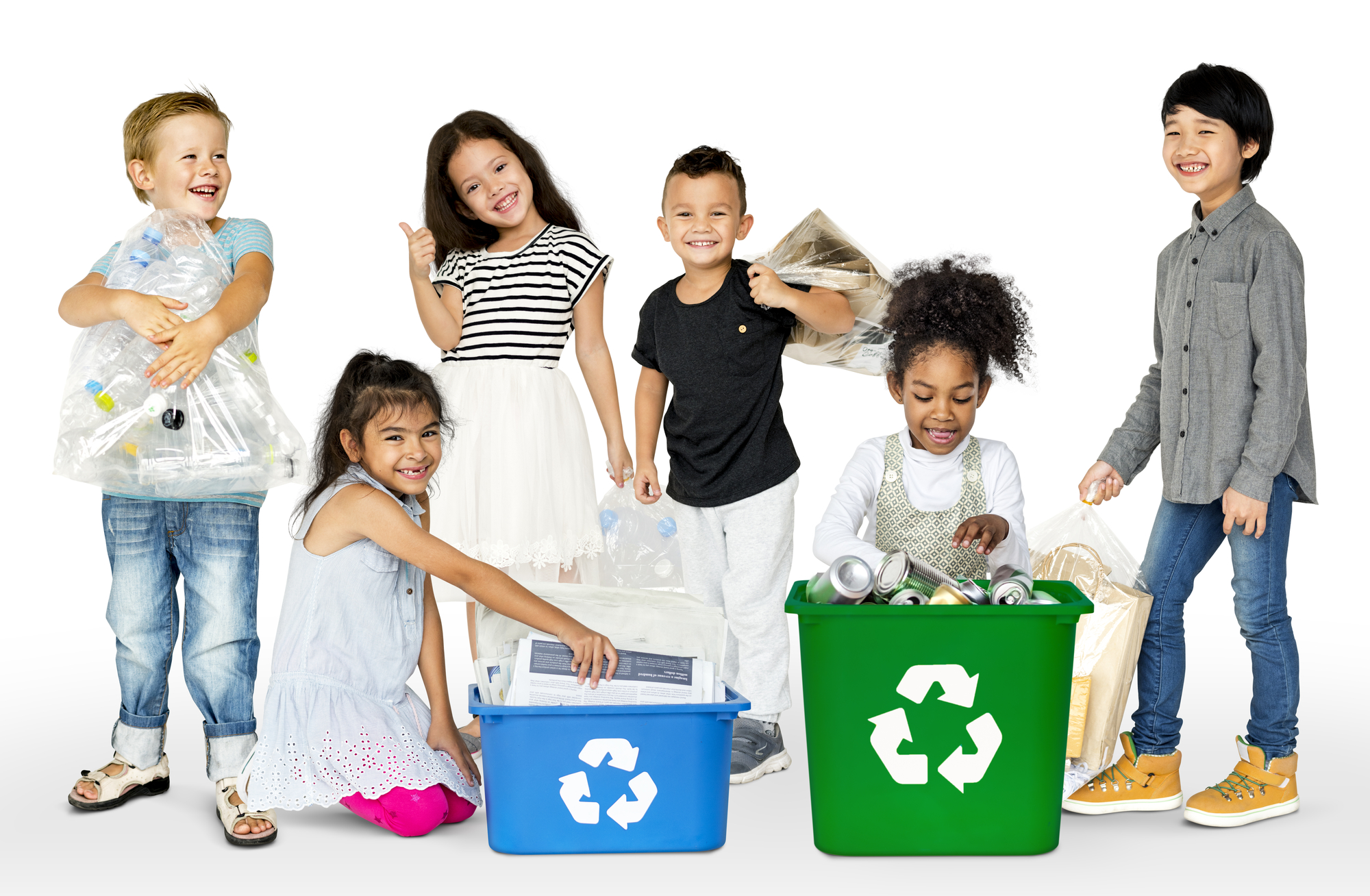How we care for our planet right now, will have a huge impact on the lives of future generations. There are so many ways we can reduce our carbon footprint, simply by altering small everyday behaviors. This might include something as easy as swapping out driving for carpooling, public transport, cycling or walking.
Reversing habits takes commitment. That’s why it makes sense to stop bad habits from forming in the first place. We have an opportunity to raise the generation of today with more sustainable practices – so doing good for the planet becomes second nature.
Here are a few ways you can start charting an environmental path for your kids!
-
Start recycling everyday household items around the home
Teaching children about rubbish is a fundamental environmental skill. There are so many things in your household that can’t go into your kerbside recycling bin, that can still be saved from landfill. It’s important to remember that once something goes to landfill it can take hundreds of years to break down. Landfills often leak micro-plastics that travel into our ecosystems and are extremely harmful to wildlife as well as humans. Whereas, if something is recycled, you are not only saving a piece of rubbish from landfill, but you’re also preventing more natural resources and energy from going into something new.
There are tons of everyday household items that can’t go in your recycling bin but can be recycled through free national recycling programs such as RedCycle at Coles and Woolies for soft-plastics, and TerraCycle’s free national programs for hard-to-recycle items. TerraCycle programs encourage consumers to sign up and ship household rubbish – including dish and air care products through the Fairy recycling program, or pet food packaging through the Royal Canin and Open Farm recycling programs.
-
Low-waste lunches
As a busy parent, it may not be realistic to prepare a zero-waste lunch but every little bit counts. No matter where you are on your journey, here are a few ideas to cut down on lunch box waste:
- Save money and packaging by swapping pre-cut fruit and vegetables in plastic for your own cut fruit and vegetables stored in Tupperware
- Use old jars to store salads, pasta, or rice dishes
- Pack reusable cutlery and straws to cut back on single-use plastics
- Recycle soft plastics such as GLAD wrap and snap bags through TerraCycle and GLAD Food Care Recycling Program.
-
Buy secondhand & donate
Buying secondhand and donating is a great way to help the environment, by saving existing goods from landfill and preventing new items from being made. It also teaches children an important life lesson about giving back and helping those in need.
There are amazing organisations such as Save the Children, Red Cross or Vinnies where you can donate old or unused items that are still in good enough condition to be rehomed. Otherwise, you can resell items on Gumtree or Facebook Marketplace.
-
Get your local school involved in sustainability initiatives
One of the best places to start learning about sustainability is in the classroom. Teaching children about sustainability is a great way to develop their connection with the environment early on and involve them in the community. As an educator or parent there are loads of ways you can incorporate hands-on learning about sustainability in the classroom. Signing up to free national recycling programs through TerraCycle for items such as writing instruments, dental care products, lunch box soft plastics or toys, teaches children about solutions to hard-to-recycle waste.

You can also sign your school up for fun and engaging competitions like The Colgate Community Garden Challenge, and see your recycled waste go circular by turning it into garden beds and benches for your school. This year the prize pool is valued up to $33,000!
-
Encourage the next generation of gardeners
Help your kids build a bond with nature by giving them hands-on experiences. Many children who have grown up in urban areas, may not have the opportunity to learn about growing plants and looking after nature at home. One of the best lessons we can give the next generation is to demonstrate how they can sustain and regenerate native plant species.









